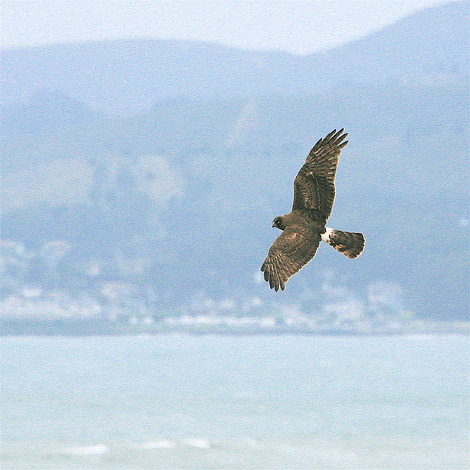Consultants’ plan for Hwy 1 lacks awareness of our environment and community
NOTE: This was originally posted as a comment on an earlier story. We’ve republished it as a letter in order to spark some conversation about the proposal.
Absent from the recent "Traffic & Trails" outside consulting effort last year were:
- An awareness of the coastal environment in general—what it means to be "coastal"—and our local coastal environment in particular.
- An awareness of the California Coastal Act and our LCP.
- An awareness of the history and character of our local communities.
- An awareness of the numerous past considerations of vehicular and non-vehicular transportation in our area.
- An awareness of the essential natural and financial resources of our area, in concert with what development our area can absorb without being degraded.
What we saw was a set of "principles", etc., for imposing the designs of landscape architects and community planners on, essentially, a blank slate.
In every example of their work elsewhere, we saw designs that resulted in greater development and the increased hardscaping that goes with it. These people are for increased building and pavement—at least that is what their designs show. They do not know the physical difference between a road and a trail. They don’t recognize huge energy and pollution costs of industries involved in implementing their designs—for example the cement industry.
Some of their ideas would come close to creating de facto transportation corridors and hubs that would exempt, via last year’s SB375, surrounding new development from vital environmental regulations and reviews. Such simple matters as their prolific use of tree "walls" in their designs would block coastal views in El Granada that some residents have rightfully fought to preserve for decades. (There were no native trees on our coastal terrace.)
Rather than restore the now-parking-blighted Burnham Strip to the community commons it was originally laid out to be, they would cut off edges of it for widened roads. The runoff from the additional paving in their designs would add to the problems we already have, further degrading some local creeks into the storm sewers they are becoming.
Now I’m well aware some locals, including our urban environmentalists, like the idea of turning the midcoast into a putatively-"upscale," artificially-designed suburbia, not unlike some of the planned and paved-over coastal communities created or retrofitted in Southern California and Florida. But I’m hoping those who appreciate the remaining coastal character of our communities and who prefer to live more in harmony with our area rather than institute ever more expensive efforts to dominate it will push for genuine improvements to our roads and trails and not fall for this setup for further urbanization.
It is difficult to see this consultant’s work as anything more than justification and a step toward the overdevelopment our county supervisors are trying to foist on us in their (so far unapproved) revised LCP worded for the benefit of their developer and builder buddies.




